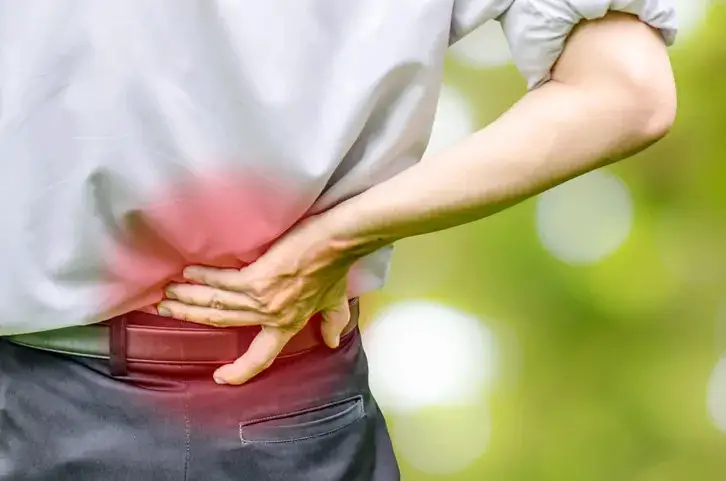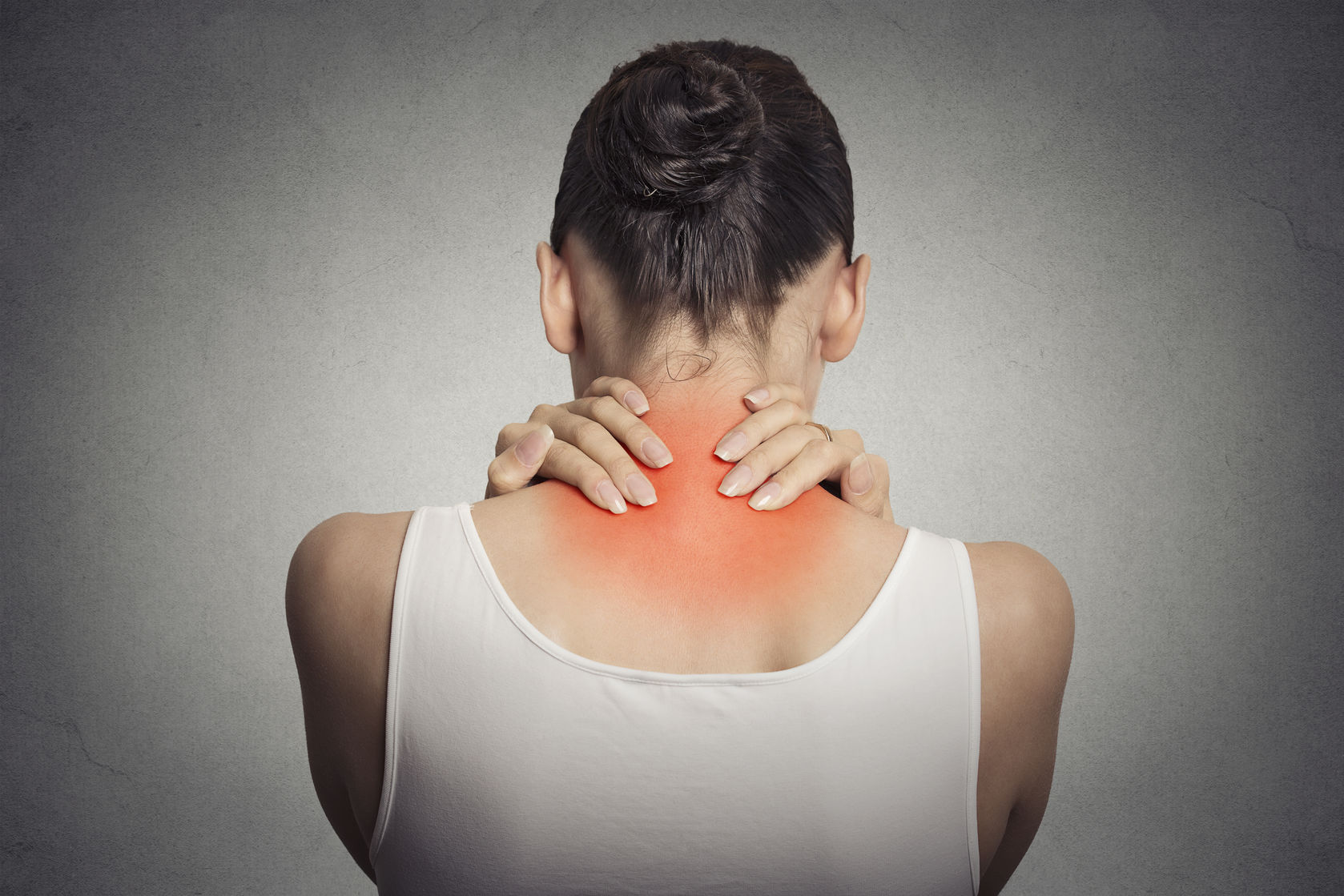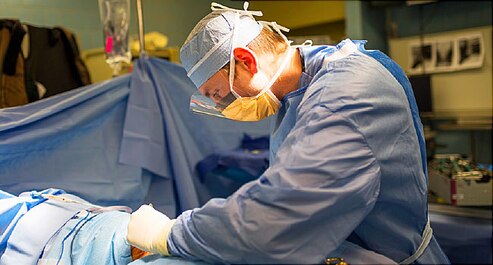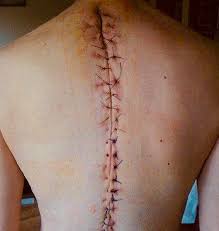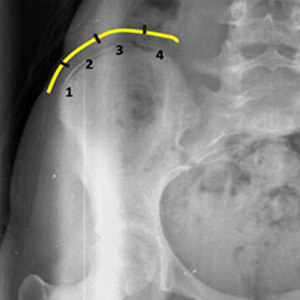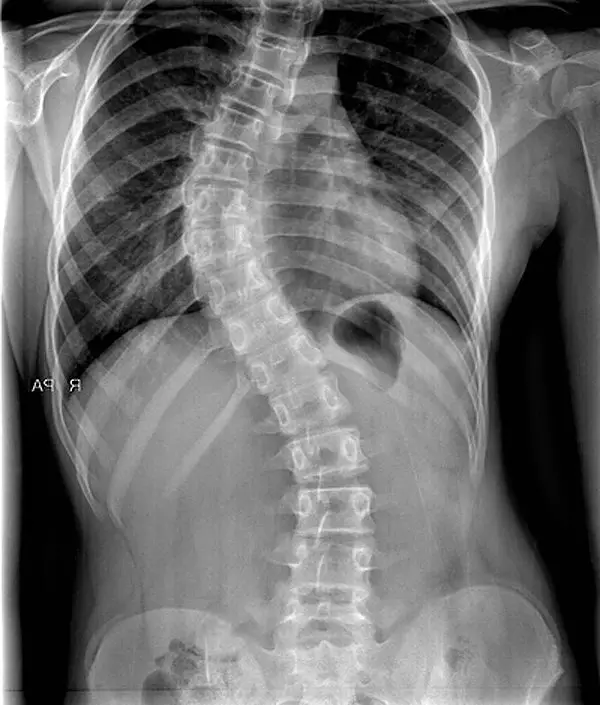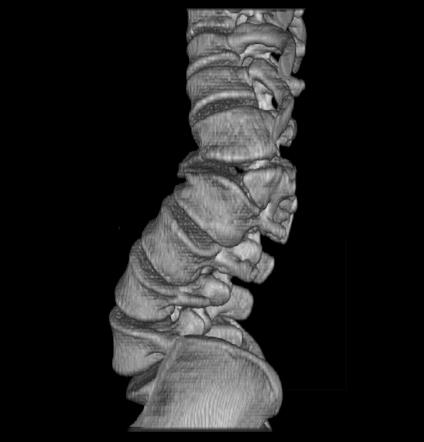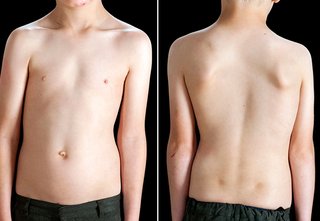Scoliosis is a disease that can affect you, someone in your family or even those around you. Because this disease has no exact cause, it is important to know how to prevent it, and above all, how to treat it. In this review, you will discover all the tips for treating scoliosis, but also the precautions to take to reduce the risk of contracting it.
What is scoliosis?
Scoliosis is a disease that affects the spine. It is actually a deviation or deformation of the spine. In the majority of cases, it affects the thoracolumbar spine or the cervico dorsal spine. This disease is usually accompanied by a rotation of the vertebrae, and the deviation considered must be greater than 10°.
Scoliosis can affect an individual at any age. However, adolescence remains the most risky period, because scoliosis develops there very quickly. You should also know that girls are more exposed than boys.
How to recognize scoliosis: the symptoms
Contrary to what some people might think, scoliosis does not automatically cause specific spinal pain. In other words, if you feel pain in your spine, it doesn't necessarily mean you have scoliosis.
The main symptom of scoliosis is a spinal deformity, which may or may not be visible. The pain it generates is generally bearable, but in extreme cases, this deformation can cause a loss of vital respiratory capacity, as well as psychological and/or neurological disorders.
Scoliosis treatments
There are several methods to treat scoliosis. Here are the best known and most effective ones.
Choosing the right bedding
Since scoliosis is a deformation of the spine, the exercises physiotherapists may be associated with the quality of bedding used by the patient. The progression curve of scoliosis can be considerably reduced if patients lie on the best mattresses for the back, taking the correct positions offering gentle resistance to scoliosis.
Sleeping on a good mattress and taking the right sleeping postures can reduce the risk of contracting scoliosis, but it can also treat it.
Physiotherapy
Like almost all diseases affecting the bones and joints, scoliosis can be treated by physiotherapy. However, it is important to clarify that physiotherapy is not a miracle treatment for scoliosis. Indeed, it does not stop its evolution, but slows it down considerably.
NB : depending on the case, physiotherapy can be associated with wearing a corset for better efficiency.
Le physiotherapist will study the evolution of his patient's disease, and according to the results, he will prescribe specific exercises to be performed. These depend on the patient and the type of scoliosis. Given the fact that the physiotherapist is the specialist who will be in constant contact with the patient and his family, he will have to check that the corset is worn correctly, and will prescribe specific movements to the patient according to the evolution of his condition.
Orthopedic treatment or wearing a corset
It is probably the best known and most used method in the world, as its effectiveness is recognized. Indeed, wearing a corset remarkably improves the health of a person with scoliosis. However, its effectiveness is linked to two main parameters that it is good to know.
- Reducibility in a corset. It is entirely based on the degree of angular correction applied. For maximum efficiency, an angular correction in the corset greater than 50% is strongly recommended.
- A suitable corset. The corset will not be fully exploited if it does not suit the patient. In other words, it must be a function of its type, its morphology or its size.
Wearing a corset is much more recommended in the case of young patients, since this tool protects children by preventing a pronounced aggravation of the curvature of their spine.
Surgery
Appropriate surgery can treat scoliosis, but it is only prescribed as a last resort. Specialists turn to this option when all the treatments followed by the patient have been ineffective, and the pain felt becomes disabling.
Although it is best to avoid it (due to the risks associated with its nature), a scoliosis surgery is very effective. It significantly improves spinal deviation, not without increasing the patient's respiratory capacity and self-esteem. In addition, the latter will be able to resume a normal life fairly quickly.
Vertebral arthrodesis is the most well-known scoliosis surgery in the world. Its purpose is to fuse all of the vertebrae involved in the vertebral deformation, and during the operation, the joints between the vertebrae are blocked. To achieve this result, doctors will use metal rods that will hold the spine until the fusion takes place.
There are several types of scoliosis.
Types of scoliosis
There are 5 main categories of scoliosis.
Idiopathic scoliosis
This typology of scoliosis is the most common in the world, i.e. approximately in 80% of cases. The idiopathic scoliosis usually occurs during childhood or adolescence, and girls are 8 times more likely to be affected than boys. If not treated in time, this scoliosis can progress into adulthood.
congenital scoliosis
congenital scoliosis is the least common type in the world. It is manifested by a spinal curvature that appears from birth. It can be detected in the mother's uterus, and this allows appropriate measures to be taken.
Secondary scoliosis
This type of scoliosis is the result of trauma or neuromuscular or bone disease.
Syndromic or neuromuscular scoliosis
It is a type of scoliosis caused by a muscle disorder or disease. In other words, certain diseases such as muscular dystrophy can cause this scoliosis.
De novo scoliosis
This type of scoliosis is triggered late in the patient's life. It is caused by generalized degeneration of the vertebrae and intervertebral discs.
Important to remember : whatever the treatment you have opted for, you will absolutely have to be followed by a doctor. He will be able to follow the evolution of the curvature and adjust the treatment according to the result.


